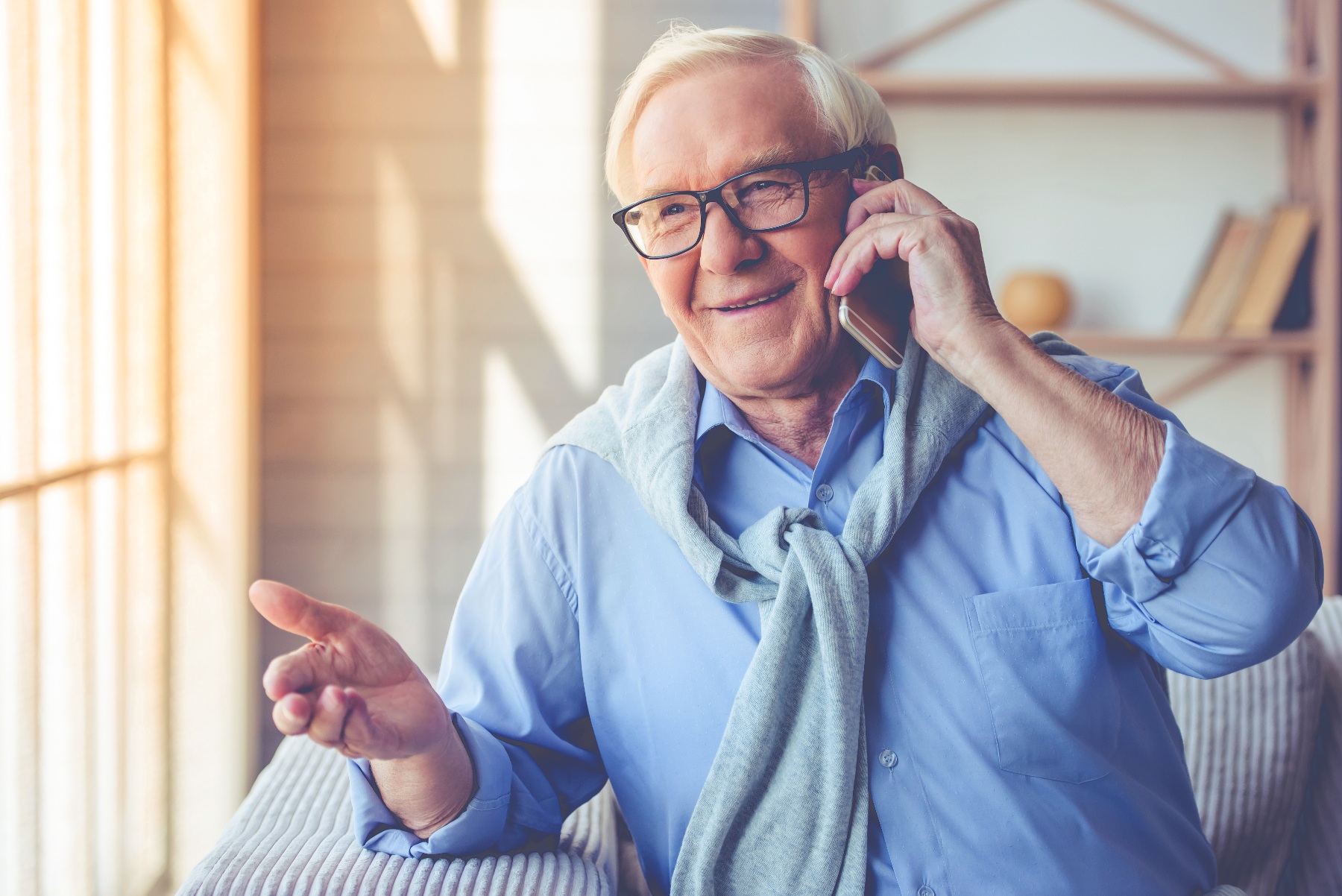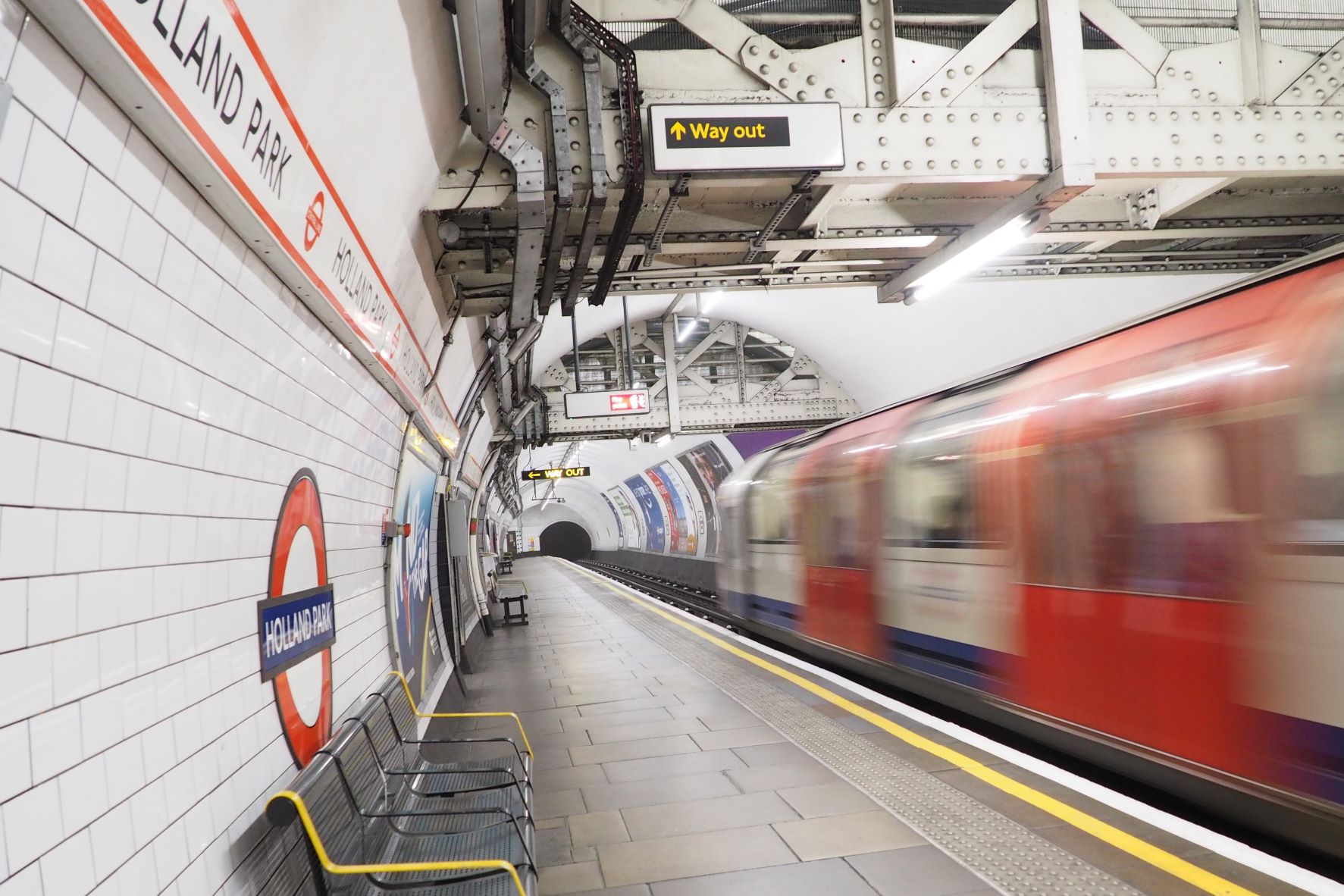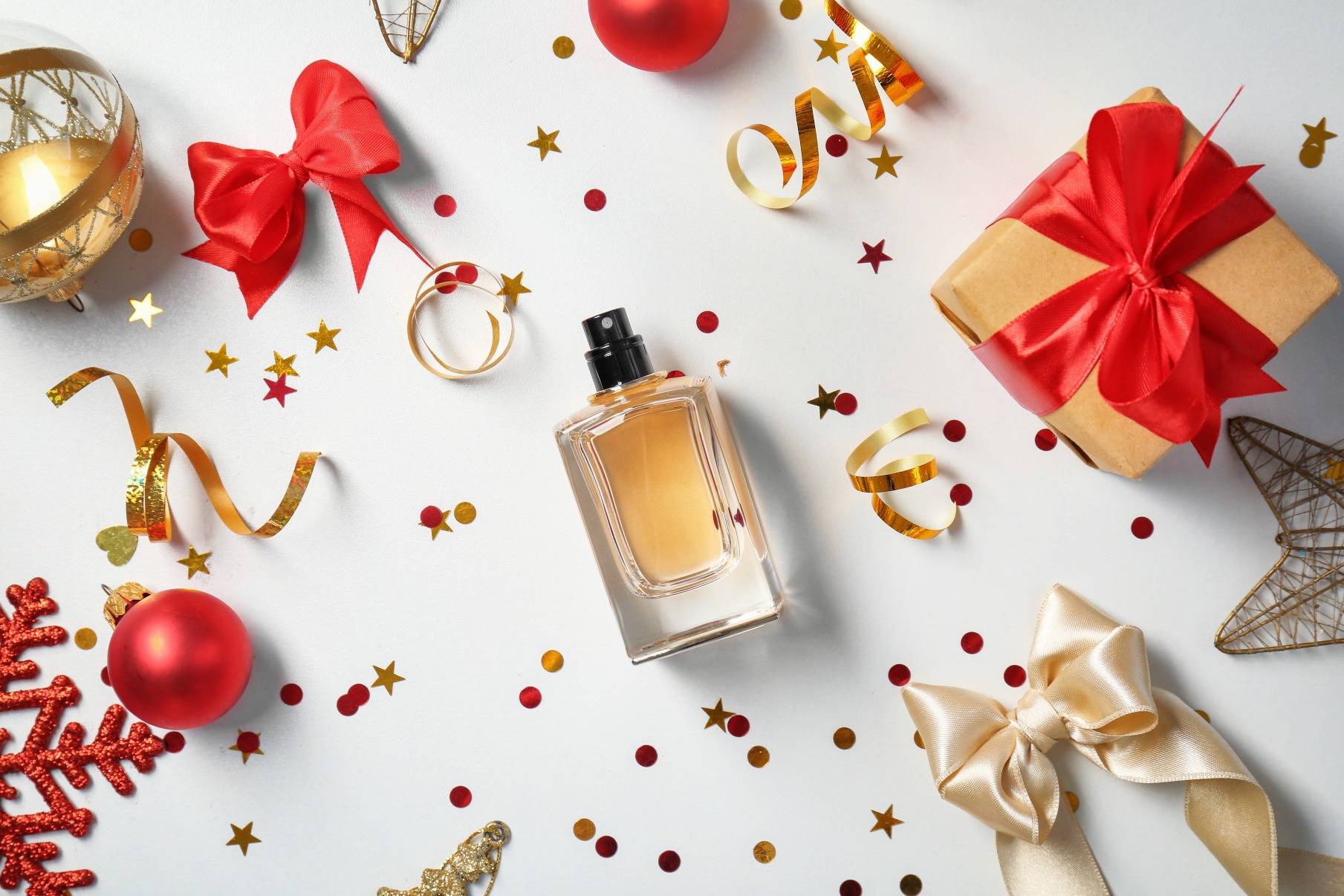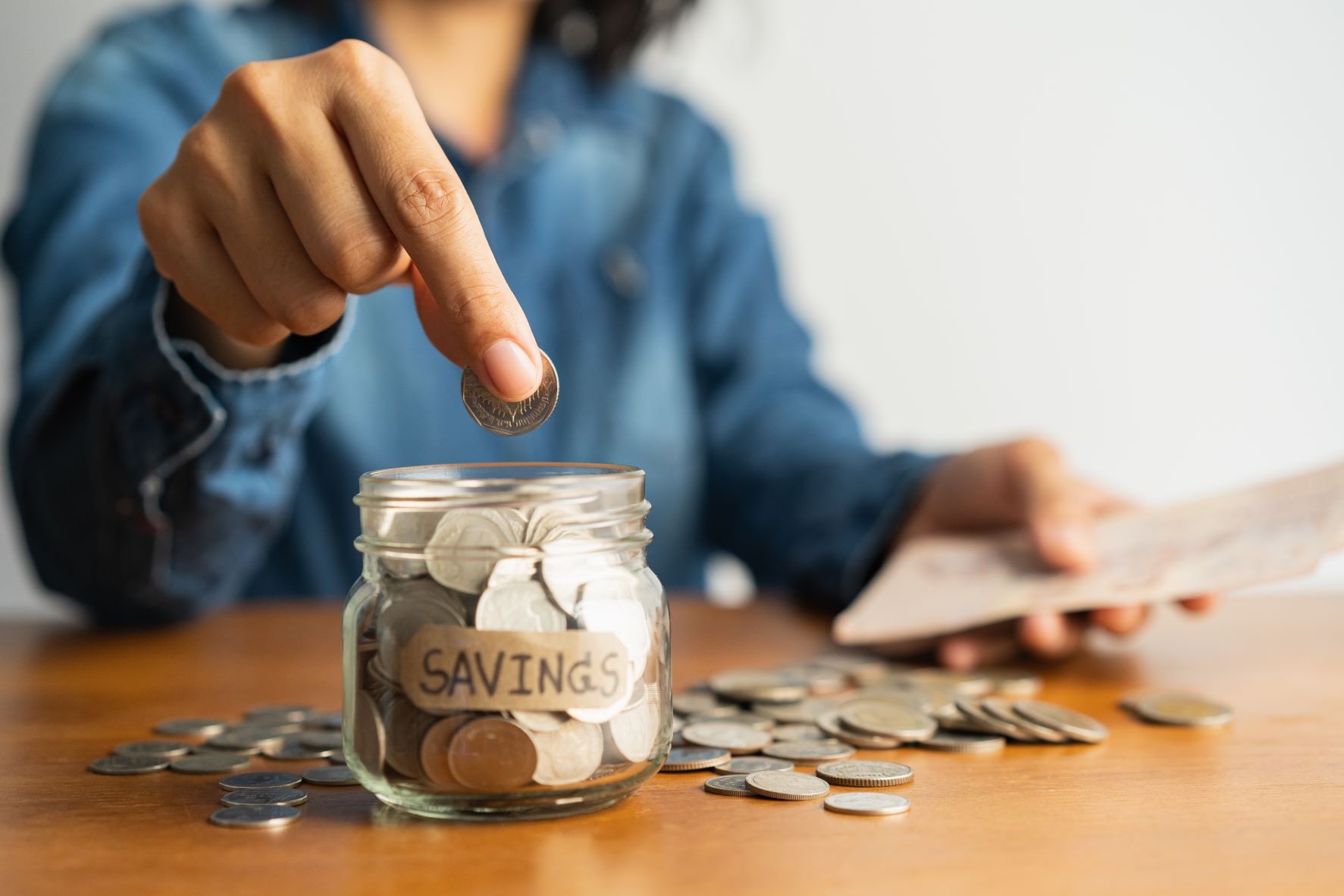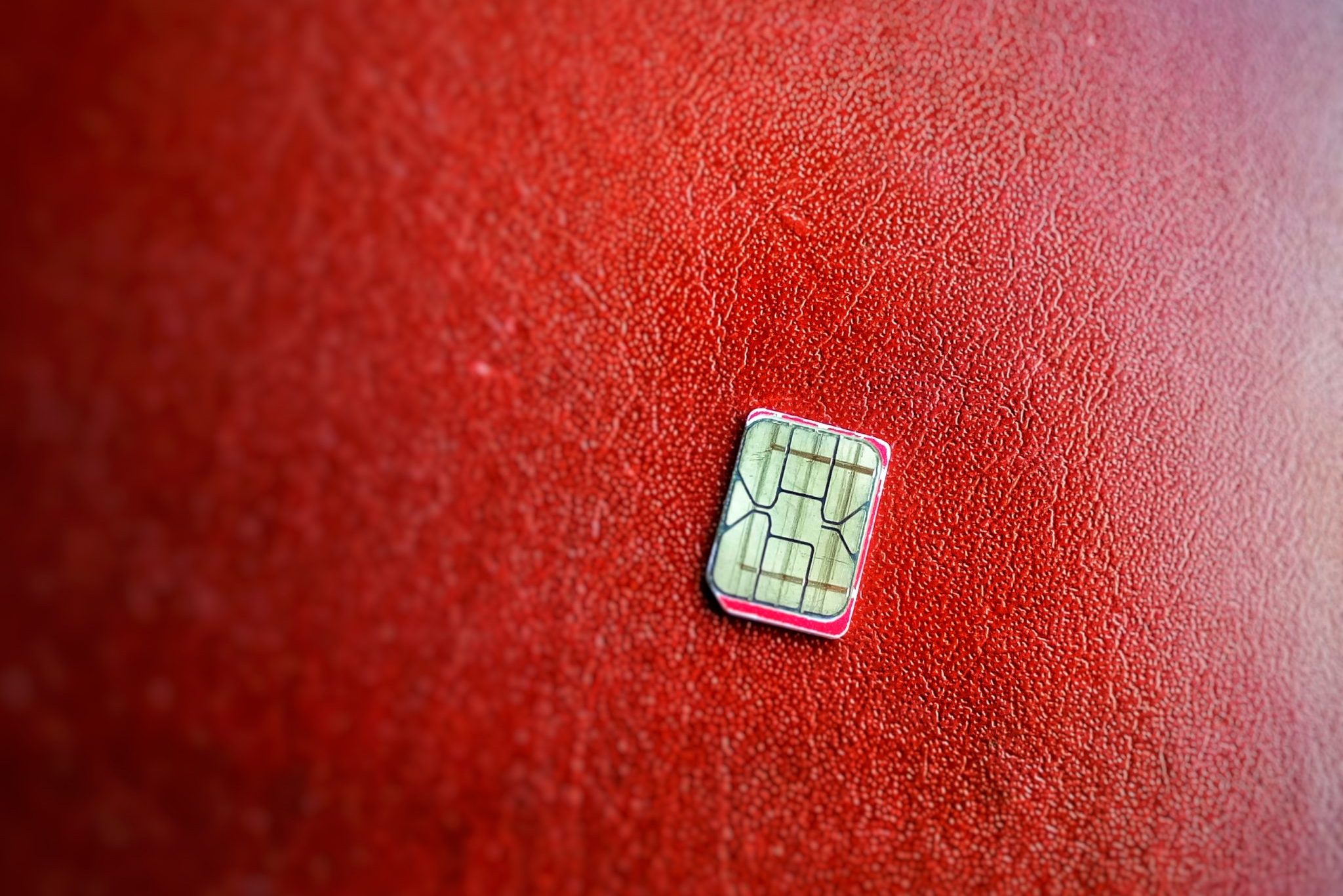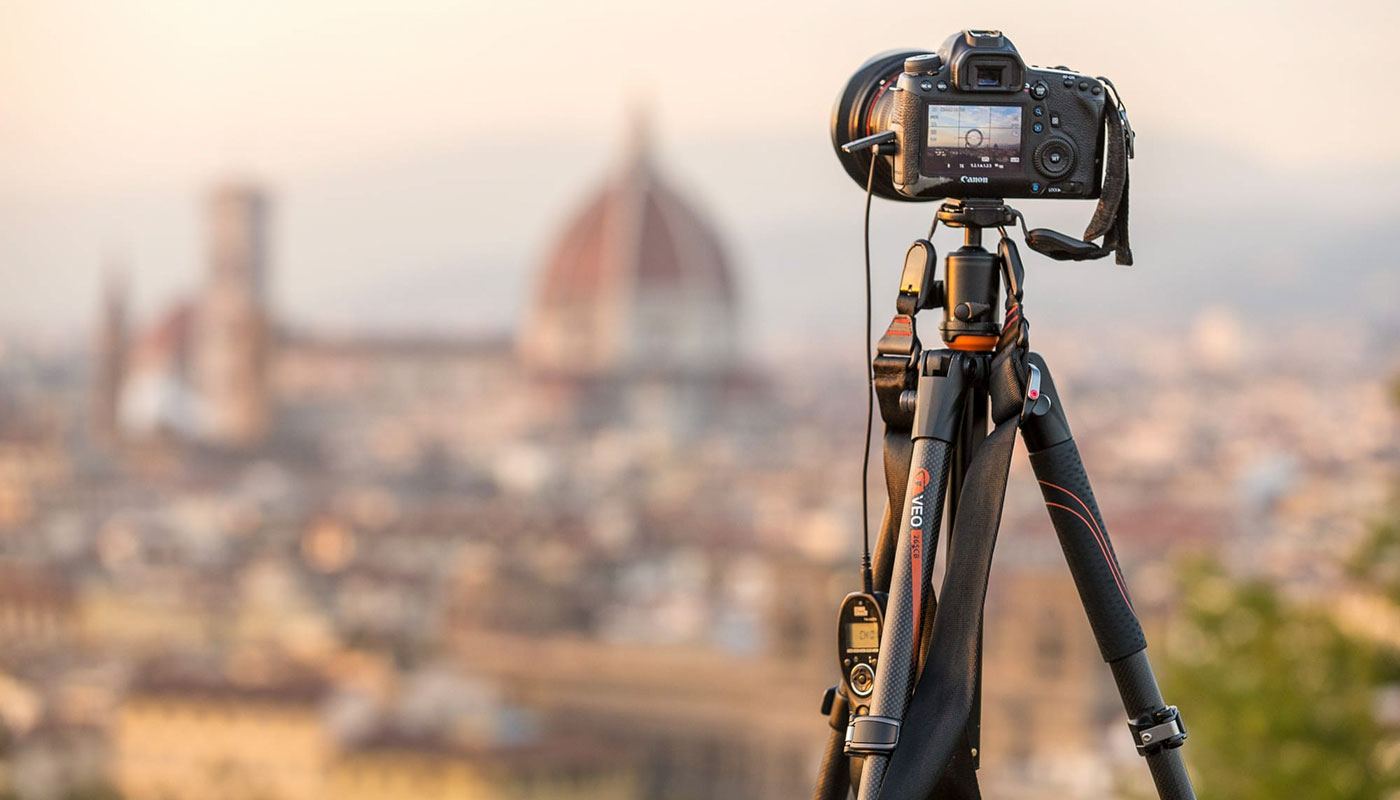
Looking to lift your Instagram game? Travel blogger and pro photographer Laurence Norah shares his top tips on how to make the most of your mementos through editing...
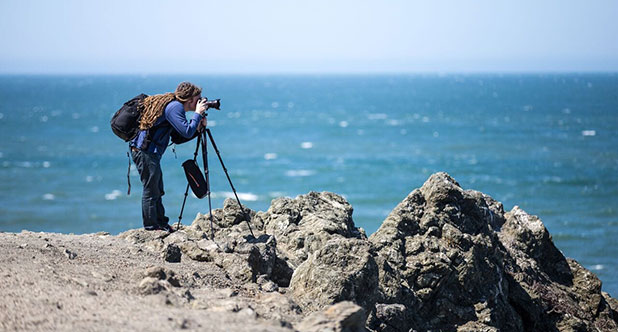
Thanks to the advent and evolution of smartphones, we’re all equipped with increasingly high quality cameras. But, just as owning an oven doesn’t make you a chef, owning a smartphone does not a great photographer make.
Fortunately for us, professional photographer Laurence Norah recently stopped by to dish out all the essential tips you need to enhance your pics like a pro.
But firstly, who is Laurence Norah?
Along with his wife Jessica, Laurence runs two popular travel blogs: Finding the Universe and Independent Travel Cats. From their base in Edinburgh, the pair travel the world, and the photos they capture along the way are just stunning. Photography has been a passion for Laurence since his parents gave him his first film camera (a Canon AE-1 for all the buffs our there). But he says it took a long time to forge a photographic career:
“I actually started out working for an IT consultancy. But after a few years of that I felt it wasn’t for me,” Laurence explains. “So, in 2009, I quit everything and set off on a year-long journey around Australia. Towards the end of my trip I started a blog, largely for friends and family to keep them up to date with my travels – it grew from there!”
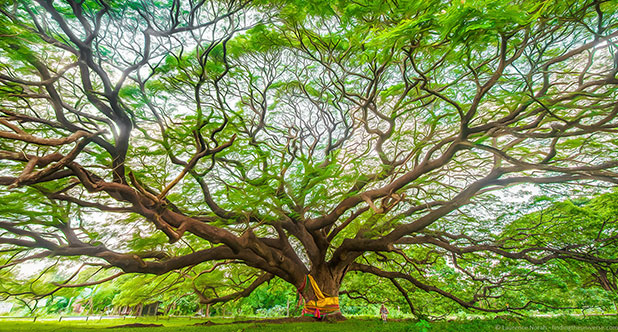
Tips and tools of the trade
Shooting
While editing a photo is absolutely essential to getting the best from it, Laurence says the right kit is just as important:
“For years smartphone manufacturers have been in a battle of the megapixels, which was for the most part a nice marketing strategy, but it didn’t really benefit consumers.
“Thankfully those days are largely behind us. Manufacturers are now focusing on the specifications that matter – bigger pixel sizes on their sensors, bigger apertures and stabilisation technologies. In combination, these features make smartphones more capable in situations where they would have fallen down previously, such as low-light environments.
“I’d suggest looking for a phone that talks about having larger pixels, an aperture of f/2.2 or bigger (bigger in this case means the number gets smaller, so f/1.7 is confusingly bigger than f/2.2!), and some kind of image stabilisation technology.
“Moving forward I think we can expect to see smartphones with optical zooms and more capable flash and focusing technology; we’re not quite at the point where a smartphone can replace the best point and shoots, but we’re not far off!”

Editing
When it comes to editing, Laurence is a big fan of smartphone app Snapseed, made by Google: “The best app for editing your photos on a smartphone is Snapseed. It’s wonderfully intuitive, has pretty much every feature you could need and is totally free on both iOS and Android,” he says.
“However, if you’re editing on a computer, I recommend Adobe Lightroom. It’s the professionals’ choice for photographic editing and it’s a very powerful tool. Lightroom can take a bit of time to learn, but once you’ve mastered it, you’ll never look back.”
Setting up your shot
The secret to elevating any image from mundane to magical? See the scene differently to others before you:
“If a photo has an obvious story that you can easily see, that transports you as a viewer to the scene,” Laurence says. “Shooting in different weather conditions, at different times of day, or just framing a shot differently is a great way to get a shot that’s better than the average. If you can show me something I’ve never seen before, I’m going to stop and look at it.”
If you have a smartphone or camera that supports it, he also recommends shooting in RAW mode: “This will take up more memory on your device, but the greater level of information retained about the image will allow you to make much more interesting changes to it when you’re editing,” he says.
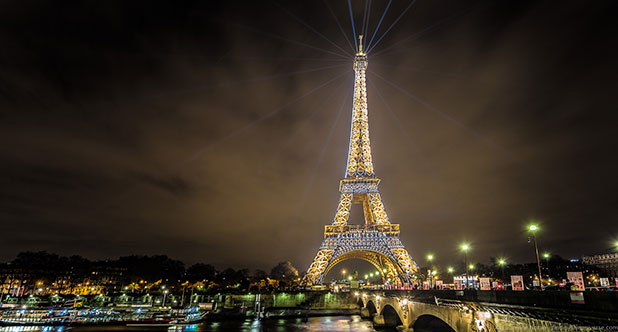
Laurence’s top five tips for perfect editing
1. Don’t worry, get started!
“A lot of people worry that they’ll somehow ‘break’ their images,” Laurence says. “The editors I’ve mentioned are all ‘non-destructive’, which means that whatever you do, you’ll always be able to get back to your original. So go crazy! Mess around with the options and features and see what you can do.”
2. Small tweaks make a big difference
According to Laurence, less is often more: “Simple adjustments like making the colours (saturation) a bit more vibrant or sharpening the shot can really elevate a photo,” he says.“The main things to get right are the basics – you want an image that is clearly composed and level. Make sure the horizon is level and that your shot is well-composed, with clear subjects for your viewer’s eye to be drawn to.
“Sometimes some judicious cropping can really help make the subject clearer. Then there are things like making sure the colour balance is correct, ensuring the shot isn’t too blue or yellow, which looks unnatural. Then, try adjusting the exposure or brightness of the photo, or tweaking the brighter and darker parts individually, to make sure everything that should be visible is.”
3. It’s easier to crop than to add
As motivational posters are quick to remind us: You miss 100 per cent of the shots you don’t take. And while the quote may have its origins in sport, it sits just as well with photography:“I’d suggest making sure you get everything in shot – and even shoot a little wider than is strictly necessary,” Laurence says. “It’s easy to crop a photo smaller – not so easy to go the other way!
4. Take a break
While Laurence’s first tip is to ‘get started’, it’s just as important to know when to step back: “Sometimes we can go too far with an image edit and lose sight of that because we’ve spent so much time on it,” he says.“I’ll occasionally find myself returning to an image edit the next day wondering what exactly I was thinking. As a basic rule, if a shot still looks awesome in the cold light of day, it’s probably ready to share.”
5. Invest time in learning
Photography is a skill that takes time and effort to master: “If you want to get creative, there’s no end to what you can do – from fun filters through to removing elements of the photo that don’t work,” Laurence says.“I’d suggest that learning how to edit a photo properly is just as important as mastering how your camera works. There are loads of resources out there to help you quickly master everything from basic composition, through to learning how your gear works and the digital editing process.”
In fact, Laurence himself has developed a photography course, through which he teaches students everything he knows. It might be a great place to get started!
